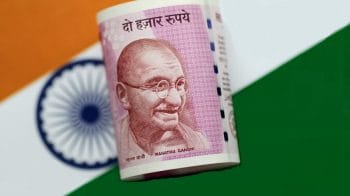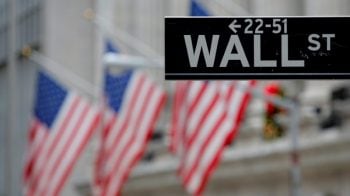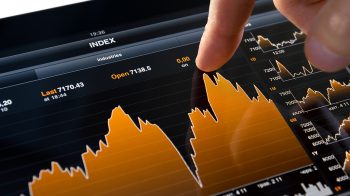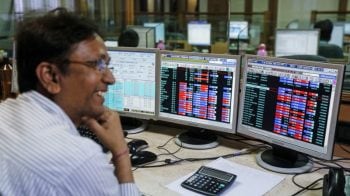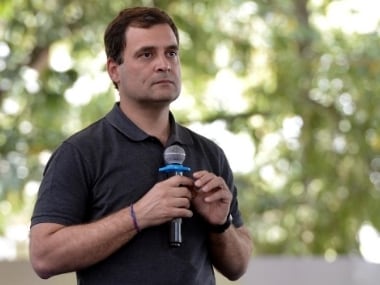In three consecutive financial years April 2016-March 2019, the BSE Sensex as well as Nifty50 shot up more than 50 percent each.
Bulls retained their charge on Dalal Street for third consecutive financial year with the Nifty 50 rallying 15 percent and BSE Sensex over 17 percent in FY19.
It was a volatile year due to high valuations in midcaps and smallcaps, the US-China trade tensions, a liquidity crisis in NBFCs, corporate governance issues in big companies and Indo-Pak border tensions.
But along with expected strong FII inflow, easing liquidity concerns, lack of asset quality concerns, PSU banks recapitalisation, a hope of ruling party coming to power again, stable macros and likely strong earnings revival in FY20 lifted market sentiment.
In FY19, the BSE Sensex & Nifty 50 posted biggest ever gains in absolute terms since FY10.
Nifty 50 rallied 1,510 points and Sensex 5,704 points in FY19, the second highest ever in a fiscal while Nifty Bank posted biggest ever gains in absolute terms during the year, rising 6,163 points.
Investors became wealthier during 2018-19 as BSE market capitalisation increased by Rs 8.83 lakh crore driven by a rally in midcaps & smallcaps against Rs 20.70 lakh crore market cap in FY18.
Technically, the Nifty defended the psychological 10,000 levels several times due to strong DIIs flow (which did recede in the last quarter of FY19) and FII inflows of over Rs 8,000 crore during the year.
The FII flow, which exceeded Rs 48,000 crore in just February-March, is expected to continue and if NDA comes to power again, then both factors (along with expected strong earnings) will take the market to new highs in FY20, experts said.
"Market is more liquidity driven and global liquidity or loose monetary policy continues Indian equities will be a major beneficiary," AK Prabhakar, Head -Research at IDBI Capital Markets & Securities told Moneycontrol.
He said FY20 should be more stock-specific and the overall market should be positive after elections.
"Though in the near term election uncertainty along with global slowdown fear are key drivers, as we progress to the second half of FY20 Indian corporate earnings would be guiding the trajectory of the market," Shailendra Kumar, Director at Narnolia Financial Advisors said.
In three consecutive financial years i.e. from April 2016 to March 2019, the BSE Sensex as well as Nifty 50 shot up over 50 percent each.
However, the broader markets underperformed frontliners with the Nifty Midcap Index falling 2.7 percent and BSE Smallcap declining 11.6 percent in FY19.

Among stocks, Bajaj Finance gained the most (up 71 percent), followed by Reliance Industries, Axis Bank, ICICI Bank, TCS, Bajaj FinServ, Asian Paints, Dr Reddy's Labs, Infosys and UPL which gained 31-54 percent in FY19.
Biggest losers among Nifty 50 stocks were Tata Motors, Vedanta, Indiabulls Housing Finance, Hero MotoCorp, Eicher Motors, Maruti Suzuki, Zee Entertainment and Grasim which fell 18-47 percent.
On the sectoral front, Nifty Bank and IT gained the most, rising 25 percent each. The rupee appreciation and strong US & BFSI growth boosted IT stocks while easing asset quality concerns, while a likely strong loan growth and recapitalisation of PSU banks lifted the banking sector.
Nifty FMCG and Pharma followed with gains of 16 percent and 12 percent, respectively, whereas Nifty Media (down 24 percent), Auto (23 percent), Metal (13 percent) and Realty (8.4 percent) were prominent losers.
AK Prabhakar said there is a slowdown in auto numbers and currently, he is avoiding even FMCG stocks.
Shailendra Kumar also said volumes for automobiles, FMCG and white goods are showing a sharp decline in growth. "Also, stocks from these sectors are trading at higher valuations so derating is a possibility."
On the positive side, "as the investment side of the economy appears to be improving, capacity utilisation of Indian corporate has moved up from 67 percent to 74 percent and we are also witnessing a better uptick in bank credit, better opportunities lie in corporate facing banks, cement, capital goods, and infra related stock," he added.
Prabhakar also likes private banks, power and hotel stocks. However, in the fundamental sense, the key risk going forward is the slowdown in consumption space, Shailendra said.































